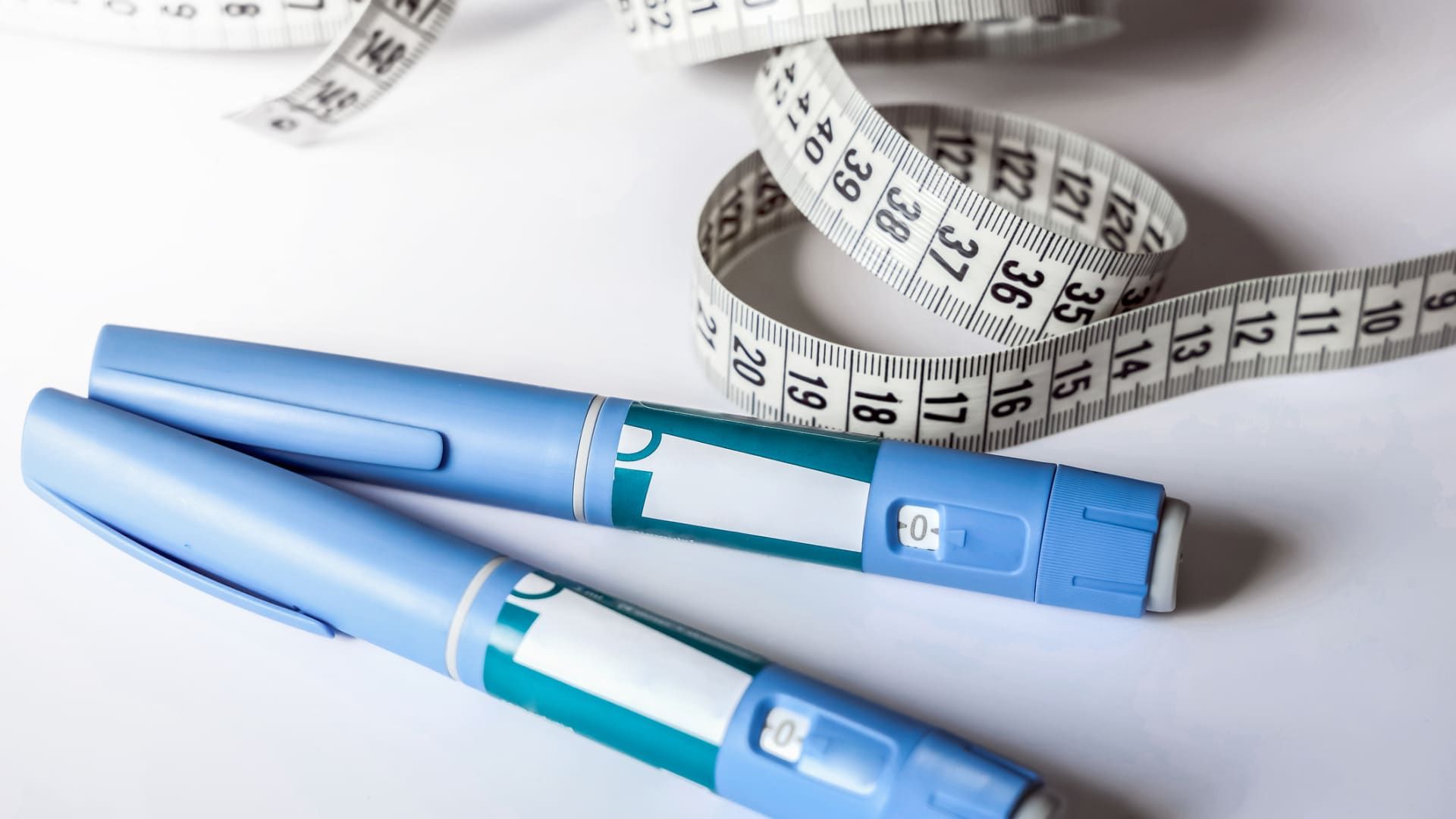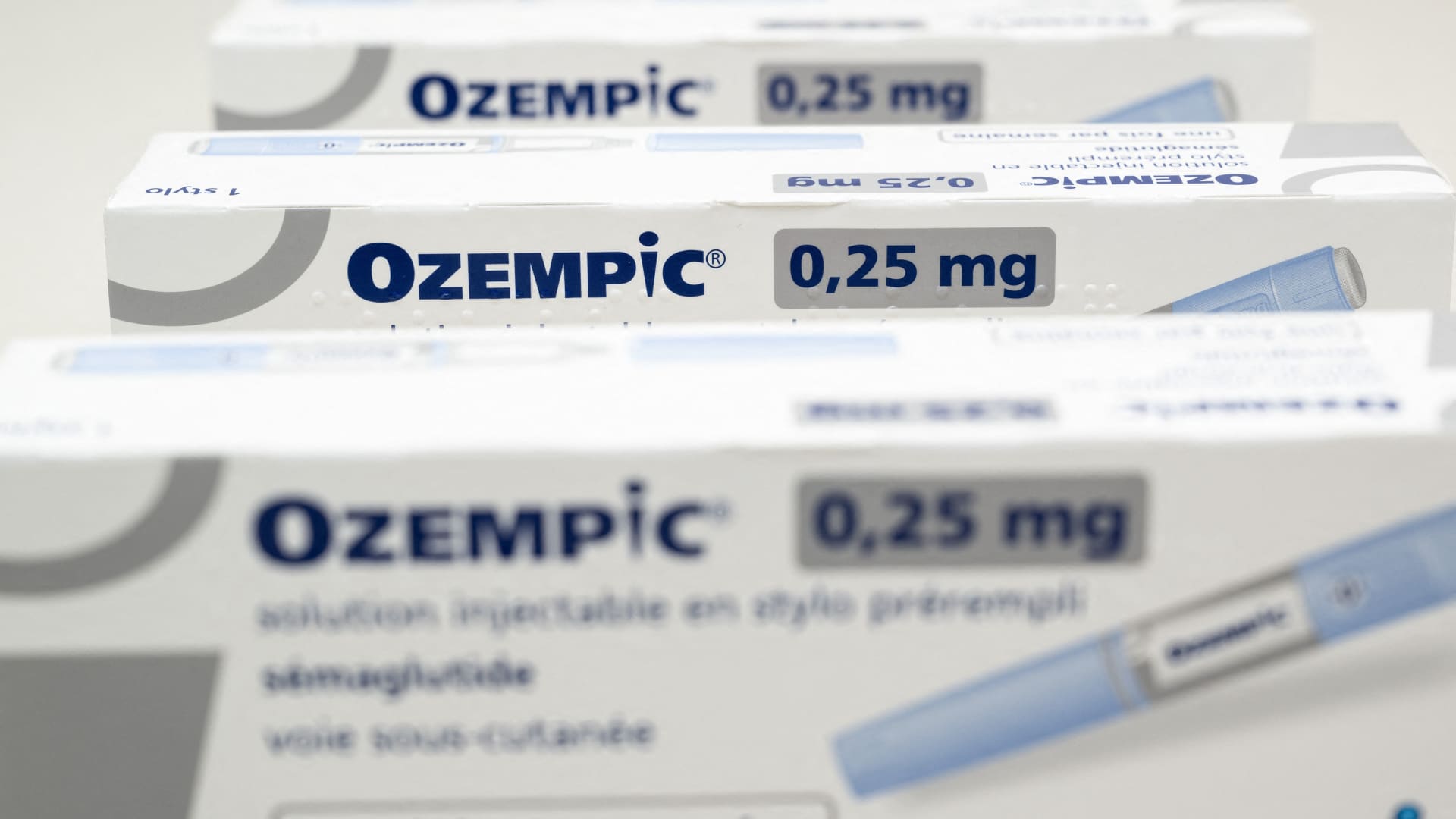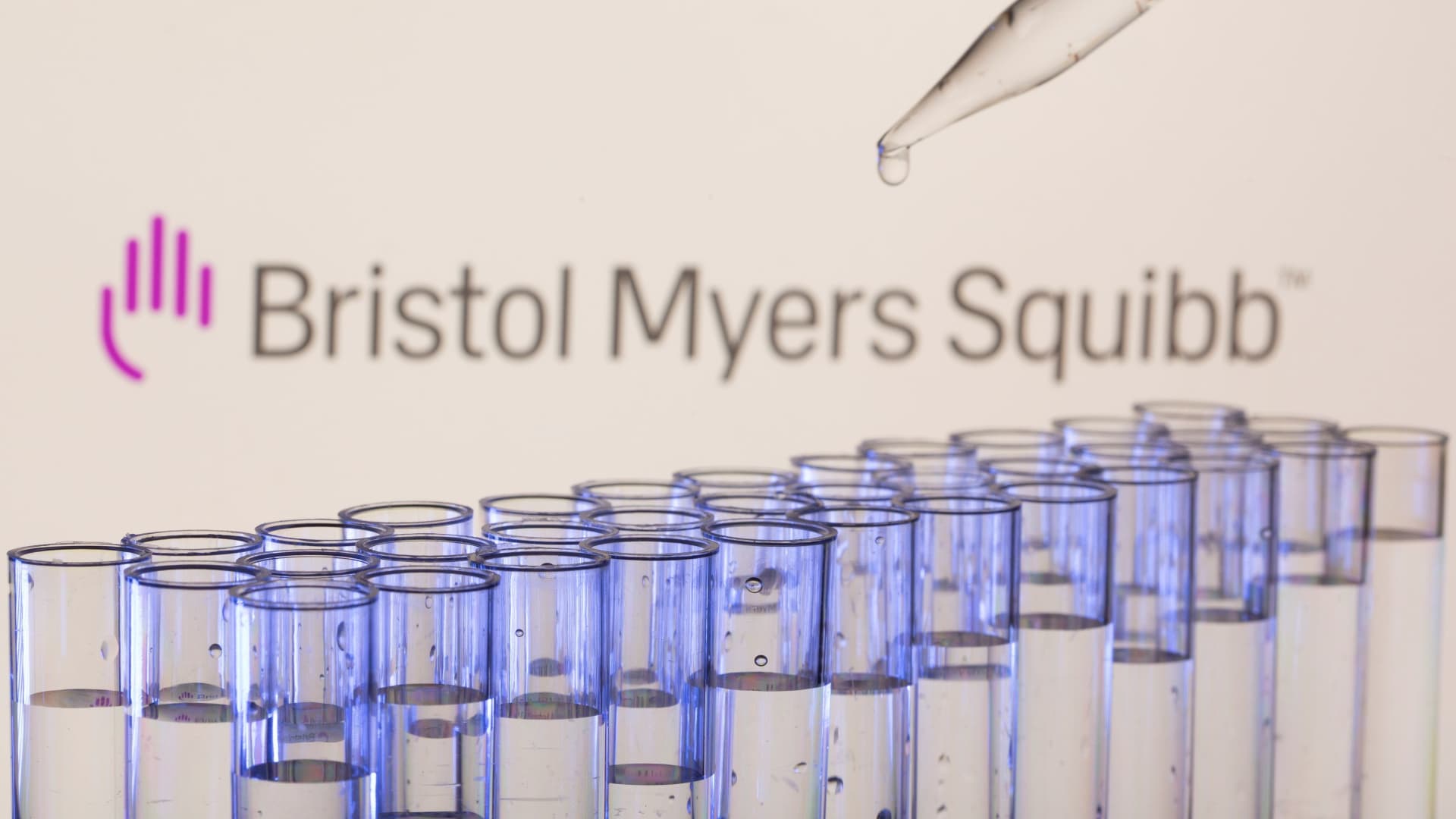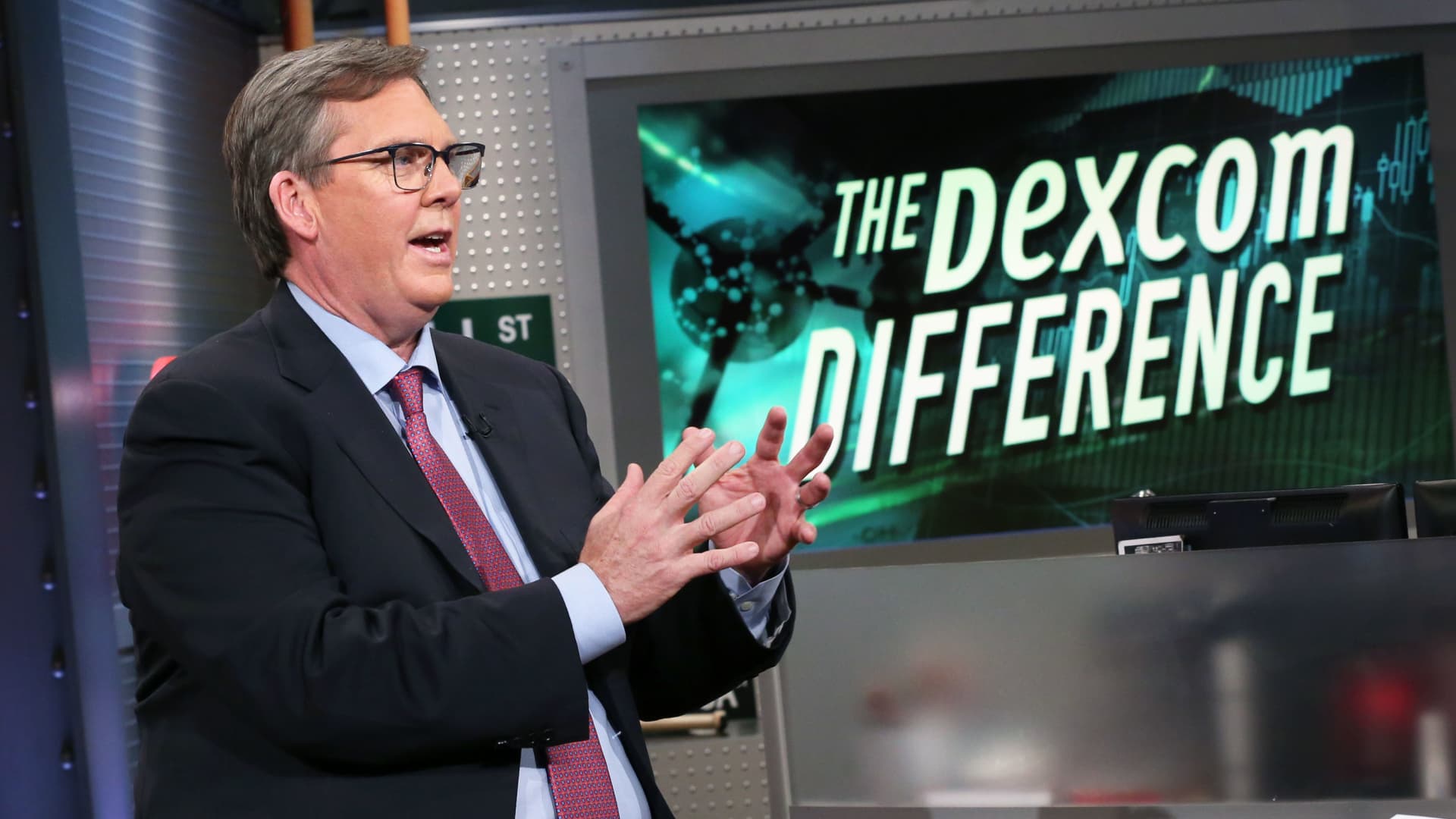The lucrative market for weight-loss drugs won’t be a duopoly forever. With billions at stake, that’s been a virtual guarantee for the current market leaders, Eli Lilly and Novo Nordisk, all along. But the reality of looming competition has become more tangible after recent announcements from rival drugmakers Roche and Viking Therapeutics. Both companies have moved forward with experimental treatments that promise to help patients lose more weight faster. Their updates are likely to be joined by others in the coming months, even as the current incumbents develop their own next-generation weight-loss treatments. Still, the headlines have taken their toll. Over the past two weeks, Eli Lilly has lost about $123 billion in market value, posting its worst eight-day drop since the eight days ended March 23, 2020, when it fell 15%. Over the same period, Novo Nordisk shares fell about 10%, their worst eight days since mid-August 2022, when its stock plunged 11.4%. Even with this recent pullback, both stocks have posted massive gains this year, with Lilly up 38% and Novo up nearly 23%. To be sure, some of the recent selling likely came from investors taking some profits after a long, steady run. Indeed, a similar trend has been developing among the mega-cap tech stocks that have led the broader stock market gains this year. LLY YTD mountain Eli Lilly shares year to date. Analysts say Indianapolis-based Lilly and Denmark’s Novo have a wide enough lead in the anti-obesity category to ensure growth for a long time to come. UBS analyst Trung Huynh doesn’t expect competition to enter the market until around 2028. Even then, rivals will be limited to no more than 10% of the market through 2029, Huynh said. On Monday, UBS raised its forecast for the GLP-1 (glucagon-like peptide 1) market, predicting it will grow at a compound annual rate of 33% through 2029, reaching $150 billion in sales in 2029, up from a previous forecast of $125 billion. The reason for the higher estimate is the expectation that more people with obesity will seek treatment, UBS said in a research note. Other analysts have also grown more optimistic about the future of weight-loss treatments. “As clinical data accumulates on the benefits of reducing cardiovascular risk, kidney disease and other comorbidities, we believe the pace of access and adoption will increase,” said Rajesh Kumar, an analyst at HSBC Global Research. Kumar said concerns about competition are “fair,” but “too soon.” “It’s true that many players are developing obesity-targeting assets,” he said. “However, the time taken to generate clinical data, access and scale of manufacturing remain the main barrier to entry.” Meanwhile, analysts say Lilly and Novo may continue to surprise on the upside as they work to ramp up manufacturing capacity. Demand for weight-loss drugs far outstrips supply. The competitive picture Roche’s recent announcements suggest it could become the third large-cap company to enter the obesity drug market. On July 17, the Swiss company revealed that CT-996, a daily oral GLP-1 treatment it acquired with its purchase of Carmot Therapeutics, helped obese patients in a Phase 1 clinical trial lose an average of 6.1% of their starting weight in four weeks. That was an impressive result. Orforglipron, a daily oral GLP-1 drug that Lilly is working on, had shown 3% weight loss at 4 weeks. Many have been waiting for an effective oral GLP-1 treatment, as both Novo’s Wegovy and Lilly’s Zepbound are administered via a once-weekly injection. Patients generally prefer to take a pill rather than administer a shot, and pills tend to be less expensive to manufacture. Roche will advance CT-996 to a Phase 2 trial next year, while continuing to study CT-388, which is administered via a weekly injection. It is also considering whether combination therapies make sense, which could broaden the market for the drugs. Roche ADRs advance 12.5% so far in 2024. VKTX YTD mountain Viking Therapeutics shares year to date. Viking Therapeutics rose 30% last week after revealing that VK-2735, an injectable drug that combines two gut hormones, GLP-1 and GIP (gastric inhibitory polypeptide), would move directly to a Phase 3 program after meeting with the Food and Drug Administration. The company is also exploring whether the weight-loss treatment could be administered just once a month. BTIG analyst Justin Zelin said Viking seems “increasingly confident” that monthly dosing is a possibility, an achievement he thinks would be “the icing on the cake.” Like Lilly and Novo, Viking is also working on an oral drug, which will move into a Phase 2 trial in the fourth quarter. Zelin expects more details on the trials at the ObesityWeek conference in San Antonio in early November. He rates Viking stock a buy and has a $125 price target, slightly higher than the $114 average target on Wall Street, according to FactSet. Even with Viking’s strong rally last week, the stock has 89% upside potential ahead if it hits Zelin’s target. More News to Come More developments in the GLP-1 space are expected throughout the second half of this year, which will further boost Lilly and Novo stock. Two big events on the calendar are a mid-September conference in Spain for the European Association for the Study of Diabetes and Obesity and HSBC’s Week two months later. Kumar has identified at least 125 drug candidates in development to treat obesity at various stages of development. The market has heard recent updates from players including Pfizer and Amgen, as well as Structure Therapeutics and Altimmune. Plus, Lilly and Novo aren’t sitting idly by. Kumar expects a readout on Novo's next-generation drug, CagriSema, in the fourth quarter to “de-risk Novo's long-term growth potential.” Below is a table of some of the clinical trials investors are awaiting news on later this year. —CNBC's Nick Wells contributed to this report.












